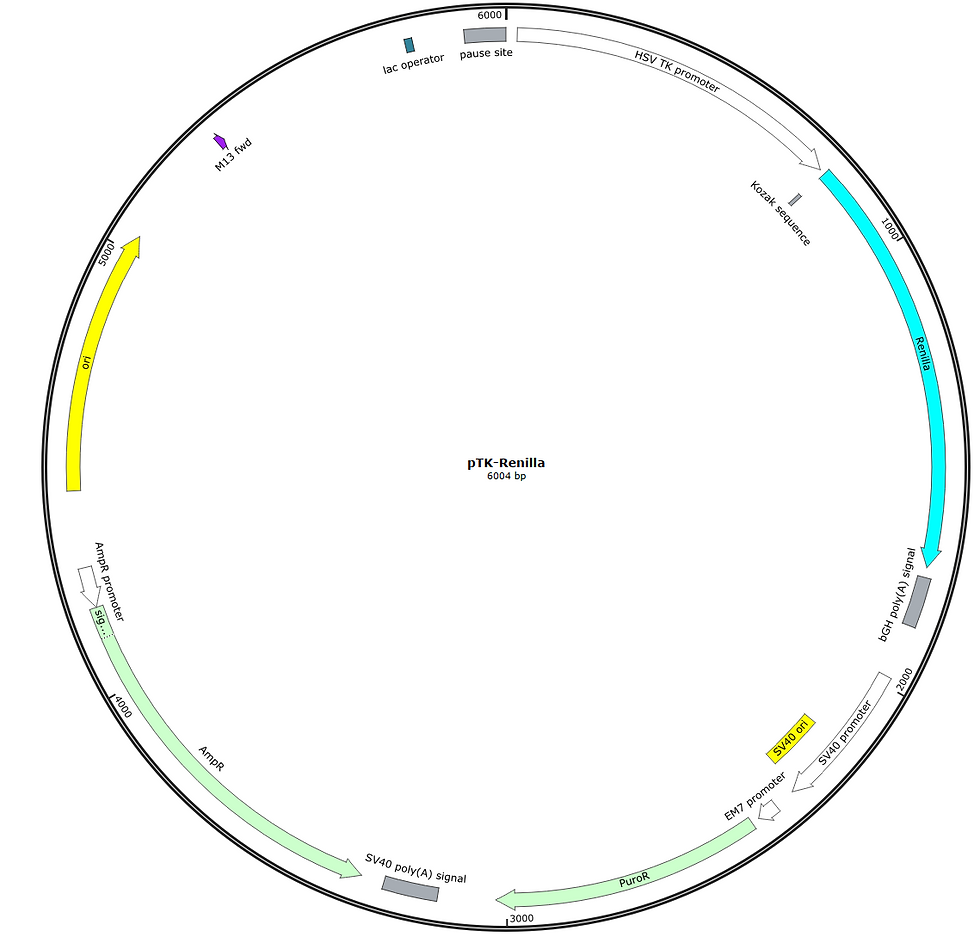Key Features:
- High Sensitivity: The cell line offers high signal-to-background with over 100-fold induction, ensuring accurate and reproducible results in CREB pathway studies.
- Sensitive and Quantitative: The luciferase reporter provides a direct and reliable readout of CREB activation, enabling precise measurement of pathway activity.
- Versatile Applications: Co-expression of GIPR and a CREB-responsive luciferase reporter mimics endogenous signaling cascades following GIPR activation. Suitable for screening applications and dose-response studies of GIPR-targeting compounds.
- Stable Integration: Established via co-transfection with GIPR and CRE-luciferase constructs, followed by antibiotic selection and functional screening with Tirzepatide.
The GIPR/CREB Luciferase Reporter HEK293 Stable Cell Line is derived from human embryonic kidney cells and stably expresses Gastric Inhibitory Polypeptide Receptor alongside a firefly luciferase reporter gene under the control of the cAMP response element-binding protein (CREB) response element. This dual-expression cell line is an ideal tool for monitoring the intracellular signaling events triggered by GIPR activation.
GIPR is a G protein-coupled receptor (GPCR) primarily coupled to the G proteins, leading to increased intracellular cAMP and subsequent activation of PKA and downstream effectors like CREB. Activation of CREB results in luciferase expression, offering a convenient and quantitative readout of pathway activation.
This cell line is ideal for studying GIPR agonists, screening for GPCR modulators, and investigating cAMP/PKA/CREB pathway dynamics. It is particularly useful for drug discovery programs targeting metabolic diseases, including type 2 diabetes and obesity.
This versatile cell line serves as a powerful in vitro tool for both basic research and translational applications in endocrinology, pharmacology, and metabolic disease research.









